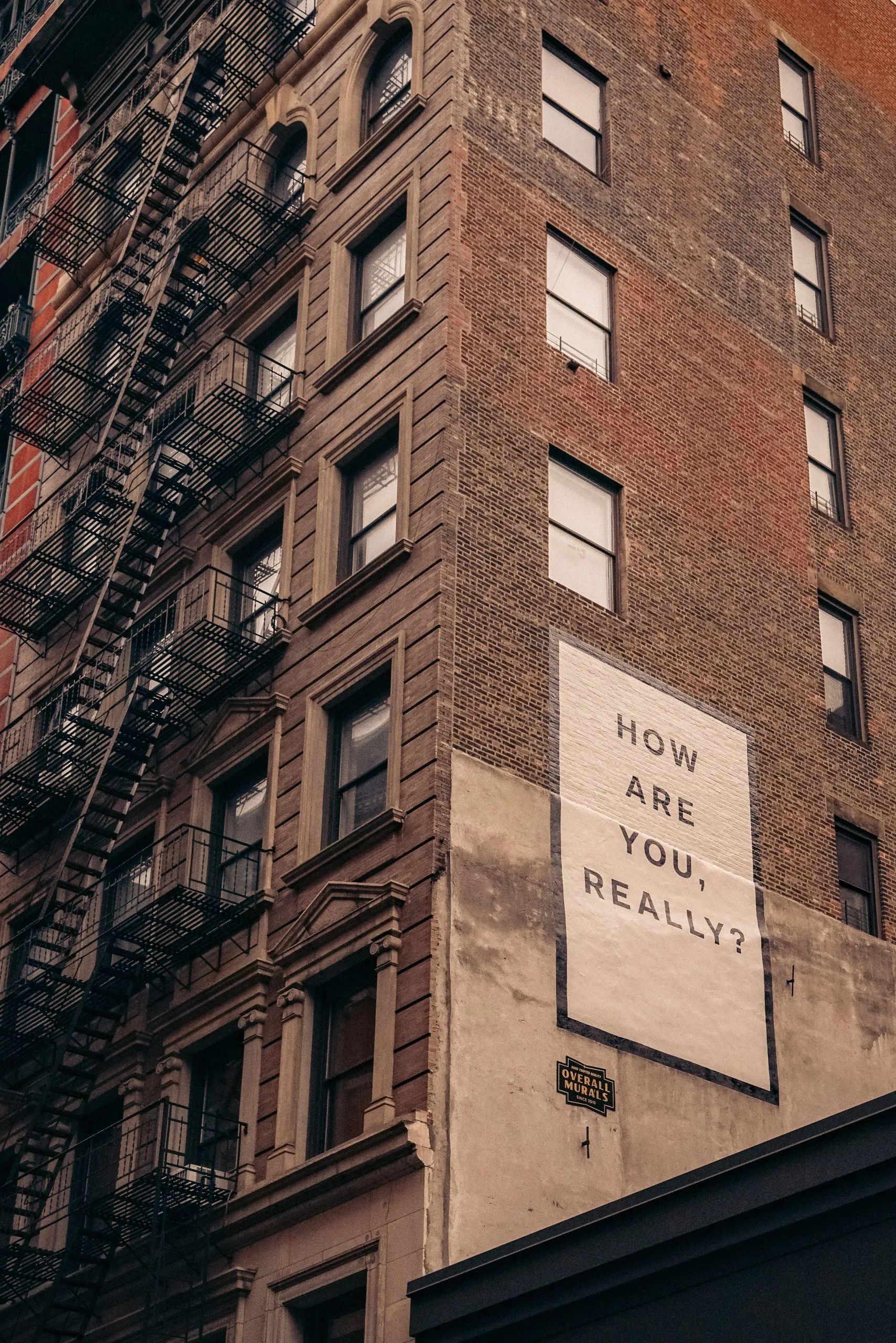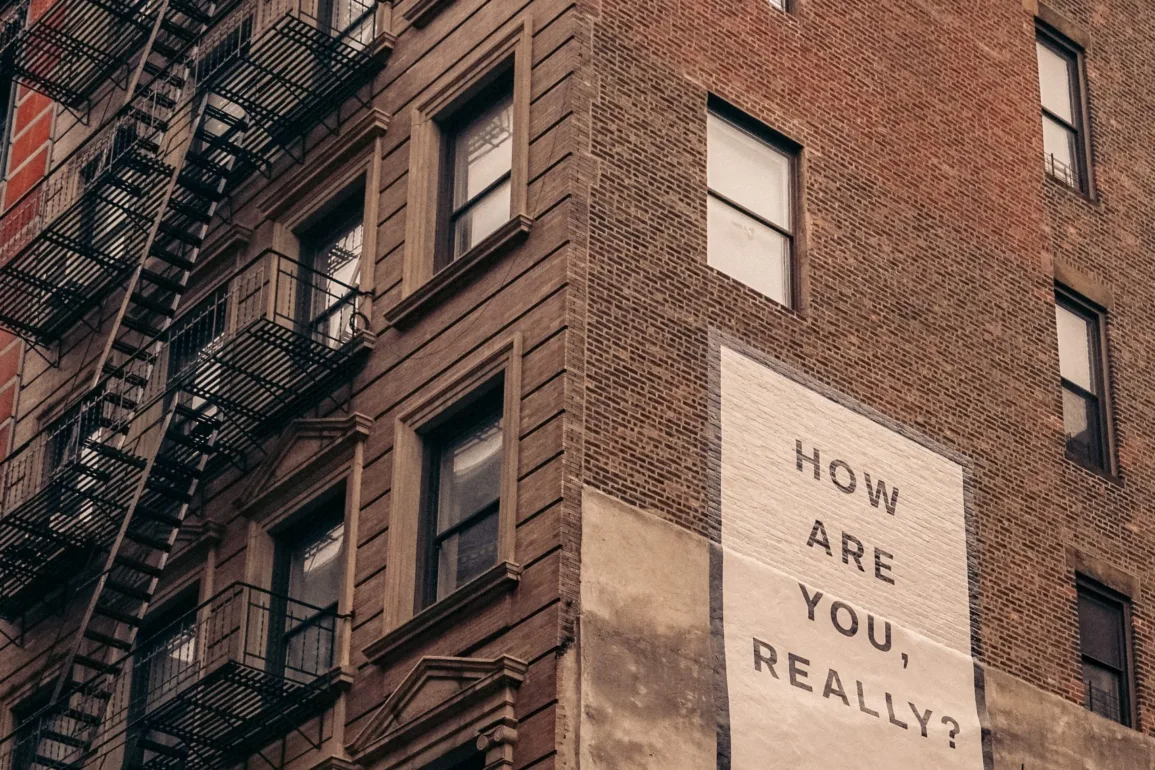
By Gene Lambey
Special to the AFRO
In today’s culture, especially after the COVID-19 pandemic, focus on mental health has risen for people of color. The Centers for Disease Control and Prevention (CDC) defines mental health as feelings that “includes our emotional, psychological and social well-being…it affects how we think, feel, and act.”
Dr. Regina James, chief of the division of diversity and health equity, deputy medical director for the American Psychiatric Association (APA) in Washington D.C., spoke with the AFRO on the disparities around mental health.
“There are a number of risk factors for having mental health issues, but it doesn’t necessarily have any risk factors that you would have a mental health crisis,” she said. “There’s the biology and then there is the environmental…some of the environmental pieces that play a role is your early childhood, things that you’ve been exposed to as a kid…any trauma or any attachment issues, but also having some underlying mental health issues like depression or anxiety.”
According to a statement from the CDC, “one out of five US adults live with a mental illness.” People can suffer mental illness in mild or severe cases of a such as schizophrenia, bipolar disorder and major depression.
The mental health of minority youth has garnered much attention in the past few years. Youths can develop mental illnesses at an early age regardless of race. According to a study from the CDC, “over one in five youth (ages 13-18) either currently or at some point during their life, have had a seriously debilitating mental illness.”
“There are a number of risk factors for having mental health issues, but it doesn’t necessarily have any risk factors that you would have a mental health crisis.”
In a study written by Mental Health America (MHA) on the suicide rate in the US among the African-American youth, “9.5 percent (439,000) of Black and African American 18-25-year-olds had serious thoughts of suicide in 2018…3.6 percent(166,000) made a plan in 2018…2.4 percent(110,000) made an attempt in 2018.” At this age range, they are learning how to handle changes within their environment, lifestyles, career paths, school and many other factors.
Dr. Regina James, spoke with the AFRO about the lack of healthcare providers at the onset of the COVID-19 pandemic.
“There were not enough health care providers before COVID-19 and with this rise in mental illness and subsequent disorders, it’s just gotten worse.” She further states the people affected during the COVID-19 pandemic were, “suffering more and therefore have been reaching out to try to understand how to deal with the feelings and the emotions they have been experiencing.”
For youths in the African-American, Latino, Asian and other minority groups, there is a stigma behind mental health where engaging with one’s emotions shows weakness and vulnerability. According to a statement from Mental Health America (MHA), in the African-American population, “research indicates that Black and African-Americans believe that mild depression or anxiety would be considered “crazy.” These youths are discouraged from expressing themselves, keeping their emotions suppressed.
African-American, Latino, Asian and other minority groups may not be as fortunate to receive the proper mental health care and treatment they deserve. The U.S. healthcare system does not treat these individuals equally, especially incarcerated individuals.
In a report from the American Psychiatric Association, “Black people with severe mental illness—schizophrenia, bipolar disorders and other psychoses—were more likely to be incarcerated than people from other races.”
In a report from the New York system filed by the National Library of Medicine (NLM), under a mental health diagnosis, “8.8 percent of Whites ever went into solitary confinement, compared with 38 percent of Blacks and 25 percent of Hispanics.”
The report continued with how security and health staff may “view behavioral problems by White inmates as manifestation of mental illness that merits treatment…opposed to non-Whites whom they view as requiring punishment.”
National Minority Mental Health Awareness Month, recognized in July, is dedicated to Bebe Moore Campbell, an author, journalist and teacher. Advocating for mental health, she wanted to break the stigma behind mental health within African-American, Latino, Asian and other minority communities. She published and released several articles for major national publications and has published eight books during her lifetime. Campbell’s stories paint a picture of her own challenges she had to overcome during her lifetime. The first two books Campbell released were “Successful Women, Angry Black Men: Backlash in the Two Career Marriage” and “Sweet Summer: Growing Up With and Without my Dad.”
Campbell’s efforts to support the mental health of African Americans in the U.S. had no bounds. She hosted several events, spoke in several talk shows and interviews such as National Public Radio, and she used her skills in storytelling to connect with everyone on a broad scale. In a statement written by the National Alliance on Mental Health(NAMI), Campbell’s attempts to speak out, “fearlessly challenged the status quo, shedding light on the unique struggles faced by people of color and advocating for their voices to be heard.”
Campbell had her own struggles too. In one of her interviews, according to the APA, she stated, “We won’t have to always hide and run and do our work in the dark. The day is coming when people with brain diseases won’t be written off or warehoused.” She was an icon for mental health within the African-American community and was a voice for the unheard.
On Nov. 26, 2006, Campbell passed away after a long battle with brain cancer at the age of 56. A year before her death, Campbell’s longtime friend, Linda Wharton-Boyd, suggested a month should be dedicated towards awareness for mental health. Boyd, members of Campbell’s family, friends and colleagues searched for ways to make an impact on mental health through Campbell’s journey.
On June 2, 2008, Congress declared July as Bebe Moore Campbell National Minority Mental Health Awareness Month. Boyd’s exposure, former Representative Albert Wynn of Maryland and former Representative Diane Watson of California pushed this agenda into Congress.
Now is the time to do the work and begin taking care of improving mental health in the Black community. Below is a list of APA goals related to mental health. The organization is looking to:
- Improve access to mental health treatment and services.
- Address the need for improved access to care, treatment, and services, for those diagnosed for severe and persistent mental health disorders.
- Enhance public awareness of mental illness and mental illness among minorities.
Other lists of resources and organizations to look into for mental health:
- The Surgeon General’s Framework for Workplace Mental Health and Well‑Being
- DC Health Check: DC Child and Adolescent Mental Health Resource
- American Psychiatric Association Practice Guidelines



